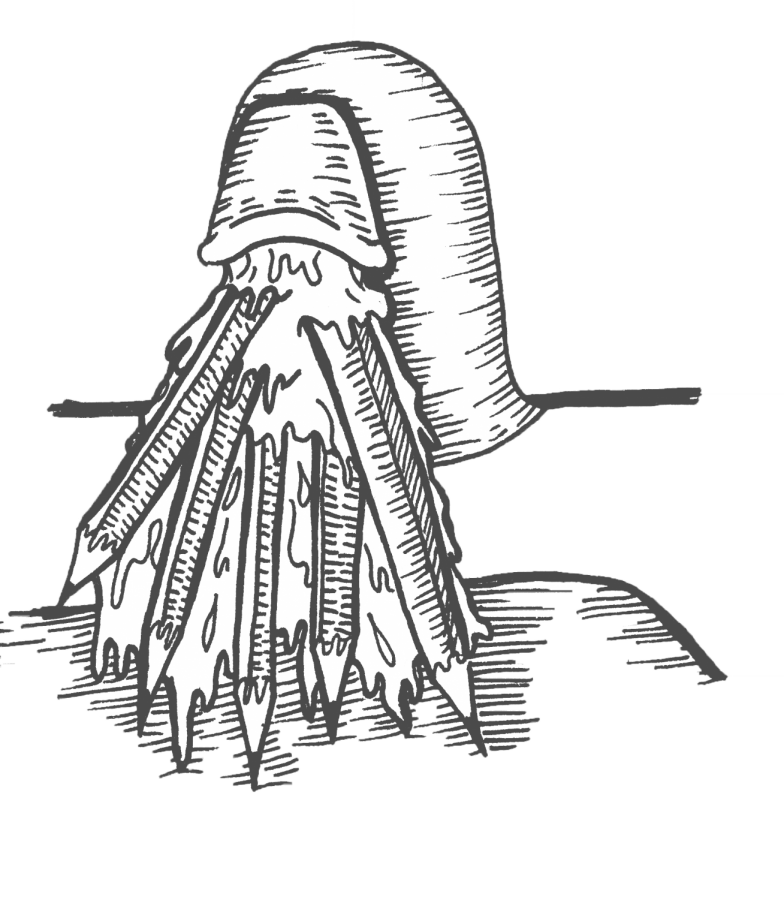Is There Really Lead in the Water?
Even though it tastes a little funky, the water is more than safe.
In February, Garfield bathroom walls were posted with signs warning students not to drink from the sinks, inciting a schoolwide panic over the safety of their drinking water. Despite fears, all drinking sources, such as fountains, are meeting standards.
The reason that classroom and bathroom sinks are not up to code is because of the less frequent use that allows for more pollutants to leach into the water. “The longer the water sits in that pipe, the greater chance it will soak up the pollutants,” AP Environmental Science teacher, Dr. Rachel Finley, said.
In 1974, the Environmental Protection Agency passed the Safe Drinking Water act as a way to define what pollutants were especially dangerous to human health. The EPA revised parameters for water quality for over 90 different types of pollutants in 2015.
For consumers, this means that water suppliers are being held to high standards. The federal amount of lead that is safe in water has been defined at fifteen parts per billion. The district’s level is defined as ten, five less than the national standard.
Having the standard set at zero is almost impossible. Pollutants and other substances will be in the water no matter what. “It’s something to be aware of and these elements are going to be present naturally,” Dr. Finley said.
Since lead poisoning only occurs via consumption of lead, the district feels that it is not necessary, or entirely realistic, to hold all sources to the same standard.
According to district risk manager, Richard Staudt, it is a better course of action to provide a written and visual warning that sinks are not a safe option for consumption. Sinks are also kept open to make sure that students are washing their hands, something that promotes sanitary practices in schools
Besides lead, the district tests for significant levels of cadmium, copper, iron, and the presence of coliform bacteria.
Garfield and other schools are not facing an immediate danger. Instead, it is important to keep in mind that over time plumbing systems can degrade and eventually the water quality will get worse. “Once our system gets older it will be time to act,” Dr. Finley said.
Compared to other school districts, Seattle Public Schools’ water supply is more than okay. Being aware of the risks associated with lead and other pollutants is important, but there is no need to panic.





